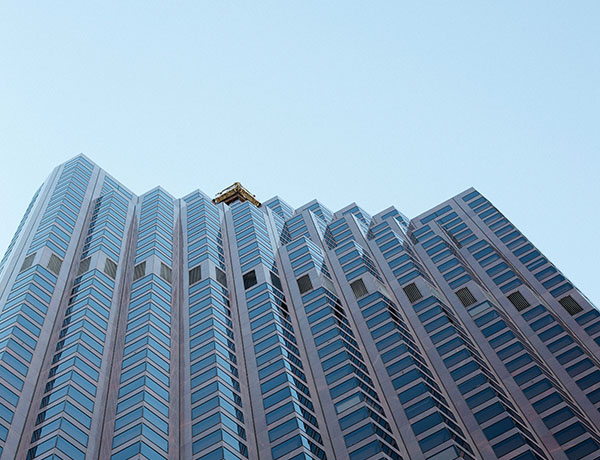Find YouR Perfect Home
Discovering your perfect home is not just a search; it’s a journey to find a space that echoes your aspirations, embraces your lifestyle, and becomes the canvas for your cherished memories
Contact an Agent!
Call: +62 882-0099-41543
Email: [email protected]
Visit: Green Living Residence, Malang
Homes for Sale
Discover your dream home among our diverse selection of carefully curated properties for sale, each offering a unique blend of comfort, style, and possibility
Commercial Properties
Commercial properties serve as dynamic hubs for businesses, offering versatile spaces that cater to diverse industries, fostering growth, and innovation
List Your Property
Unlock the potential of your property with our seamless listing service, turning spaces into irresistible opportunities for buyers or tenants
We’ll Find You The Perfect Space
We specialize in finding you the perfect space that resonates with your lifestyle and aspirations.


We Work With Your Budget
We seamlessly craft stunning home designs, working hand-in-hand with your budget to turn aspirations into affordable, stylish realities
List Your Property & Let Us Do the Rest
List your property with us, and let our dedicated team take care of the rest, ensuring a seamless and successful process from start to finish

Recent Listings
Recent Listings showcase the latest additions to a collection, providing a glimpse into the most current and diverse offerings


$654,000
1,654 Sq Ft. • 2 Beds • 2 Baths




“Working with our house-selling agent was an absolute game-changer! Their expertise, dedication, and personalized approach made the entire process seamless, resulting in a quick and successful sale.
“Our house-selling agent went above and beyond to understand our needs and market our property effectively. Their professionalism and strategic insights not only maximized our home’s value but also made the selling journey stress-free and rewarding.
Polyurea In The Construction Industry: A Versatile Solution
Polyurea coatings have emerged as a versatile solution in the construction industry, offering a range of benefits that make them ideal for various applications. From waterproofing to protective coatings, polyurea is favored by contractors and builders alike for its...
Exploring the Evolution and Impact of the Shopee Logo: A Symbol of Digital Commerce
In the fast-paced world of e-commerce, where competition is fierce and user attention is fleeting, a strong brand identity can make all the difference. Among the plethora of online marketplaces vying for consumer loyalty, Shopee has emerged as a formidable player,...
Amenities to Look for in an Apartment
The most important features should be listed and prioritized when looking for an apartment, considering your preferences may differ. As you evaluate the overall worth of the amenities provided versus the rental fee, keep your budget in mind. Make sure the apartment...
How to Buy a New Furnace Online in Canada: A Complete Guide
If you are looking for a new furnace for your home, you might be wondering how to buy one online in Canada. Buying a furnace online can be a convenient and cost-effective option, but it also requires some research and planning. In this article, we will guide you...
Explore the Precision of Hot Wire CNC Foam Cutter
A hot wire CNC foam cutter offers unparalleled precision for crafting models and prototypes. These machines are a must-have tool for any serious crafter in the United States looking to elevate their work. The precision and accuracy of hot wire CNC foam cutters are...
The Role of a Project Management Consultant in Ensuring Construction Project Safety
Construction projects are dynamic and complex endeavors that involve numerous moving parts, intricate planning, and a multitude of risks. Among the paramount concerns in any construction project is safety. The construction industry is inherently hazardous, with a...
Top British real estate companies in dubai
Dubai's real estate market is renowned for its luxury properties, futuristic architectural marvels, and a vibrant mix of cultures. British real estate companies have been significant players in this dynamic market, consistently delivering high-end services and...
Catons Plumbing Is The Most Reliable Emergency Service You Would Find
Regarding plumbing emergencies, you want a team of plumbers in Germantown that is reliable and available 24/7. That's why countless home and business owners in the Catonsville area count on Catons as their trusted emergency plumber. Cotton balls, feminine products,...
How to Choose the Best Solar Installers in Jackson, MS
Are you from Jackson, Mississippi? And are you looking for solar panel installers? Choosing one requires you to be familiar with the basics of solar panels in order for you to get the best installer. Getting a solar panel system requires you to invest money since...
A Real Estate Agent You Can Trust
A dedicated and trustworthy real estate agent, committed to ensuring your property journey is not just successful, but also a positive and transparent experience
No Hidden Fees
No Hidden Fees ensures transparent and upfront pricing, offering peace of mind by eliminating unexpected or undisclosed charges
Free Property Appraisals
Free property appraisals offer homeowners the valuable opportunity to gain an accurate and professional assessment of their property’s market value without incurring any cost, aiding them in making informed real estate decisions
Browse For Free
Browse For Free offers users the freedom to explore the digital realm without incurring any data charges, providing an accessible and cost-effective online experience
Start Your Search Today
Embark on your quest today by initiating your search for knowledge, opportunities, or experiences that shape your journey
